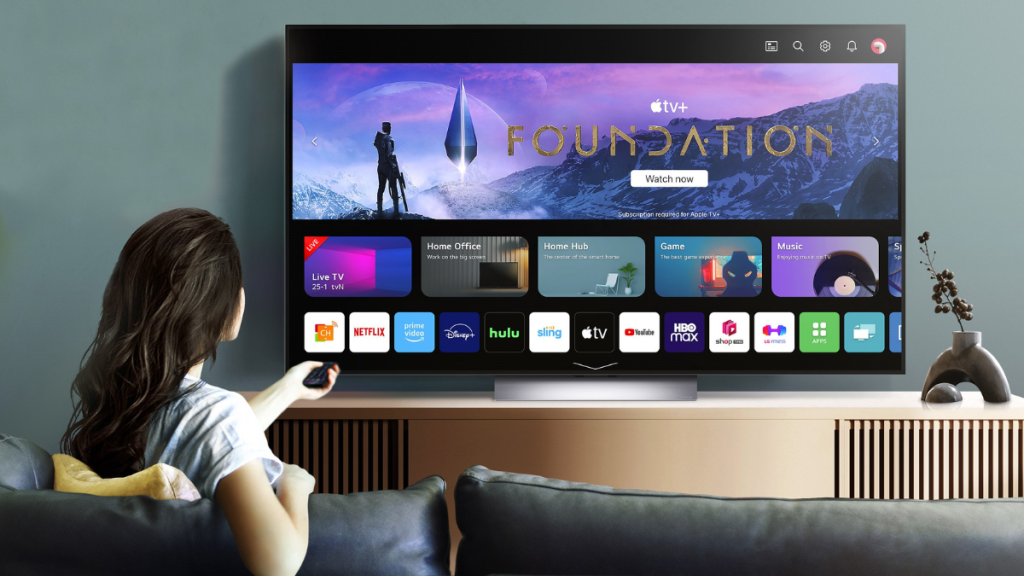Thinking of getting a brand-new, shiny OLED TV for your Boulevard Coast condo? OLED, or organic light-emitting diode, offers quite the premium viewing and immersion package, but there are advantages and disadvantages you should know about. Here’s a quick breakdown so you can make an informed decision.
Contents
OLED TV Pros
Eye Comfort
Did you know that OLEDs have lower blue light emission due to their nature? It’s true! This makes longer viewing more comfortable, which is perfect for those who love binge-watching their favorite shows.
Color Accuracy
OLED has an exceptional color accuracy, not to mention perfect blacks and contrast. OLED pixels can be switched off, so there’s no ‘halo effect’ which makes bright objects pop out better than backlit panels
Aesthetically Pleasing
Because they don’t require thick backboards or panels, manufacturers often take advantage of this and produce OLED TVs that are sleek and modern. This looks great in any living room, coupled with the right lighting.
OLED TV Cons
Expensive
OLED technology is currently at a premium because it’s difficult to manufacture. Not to mention that it offers the best picture of any display. The larger the screen, the higher the price tag.
Limited Screen Size Options
Currently, the options for OLED TV screen size are limited, making it less diverse than LCD and LED TVs.
Burn-In
Burn-in is a phenomenon where a logo or a static image is left on the screen for too long. When this happens, the object is ‘burned in’ to the screen. Manufacturers have reduced the risk of burn-in, but it’s still present.
Get an OLED TV if you have the budget for it, but otherwise, you could choose alternatives such as QLED TVs and Mini-LED TVs. However, they don’t offer the same level of blacks, contrasts, and colors as OLED-based displays.

